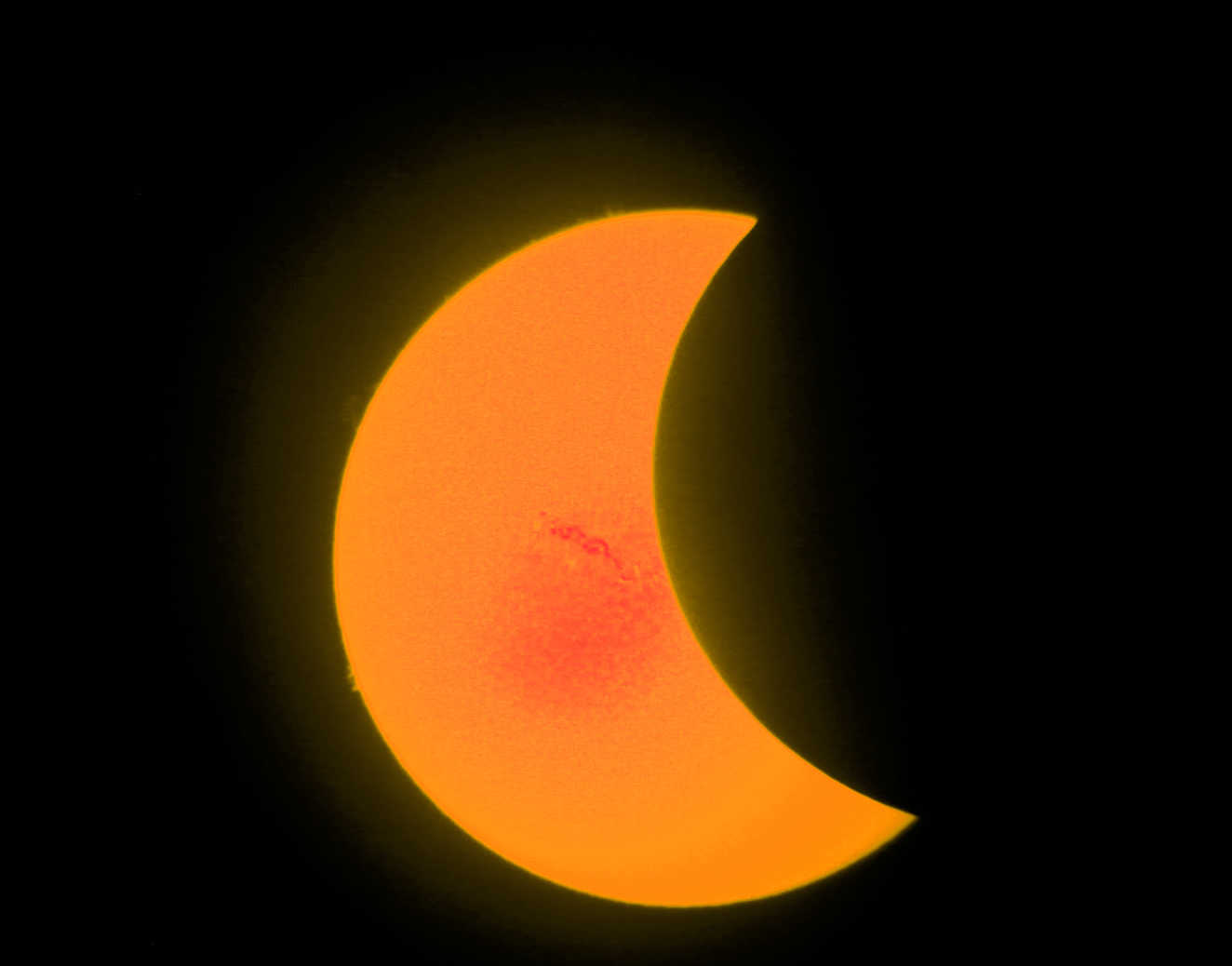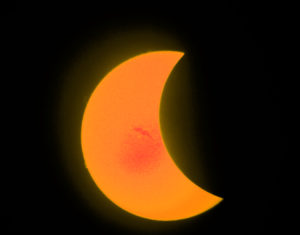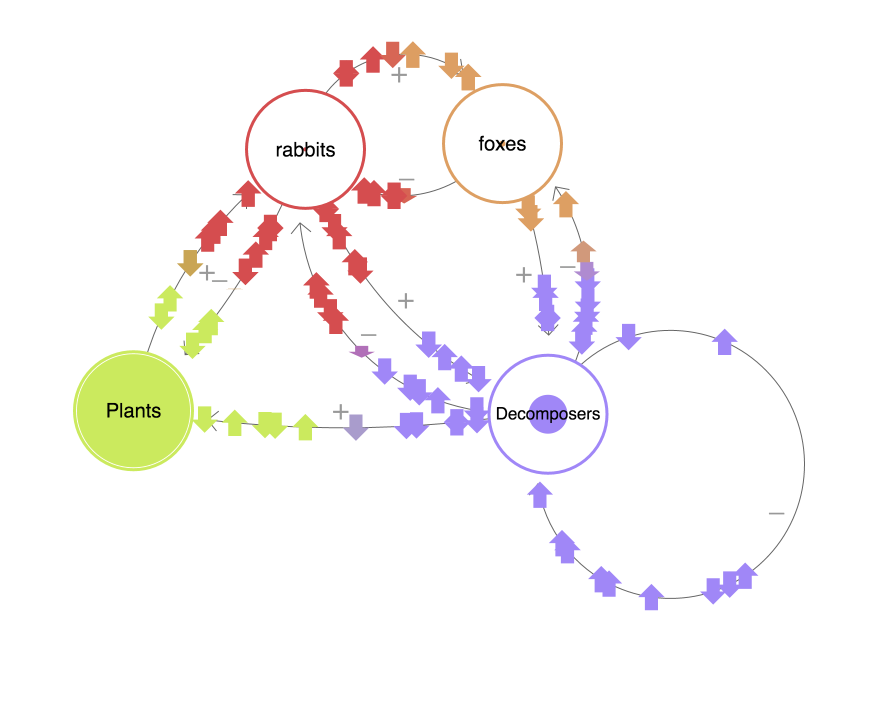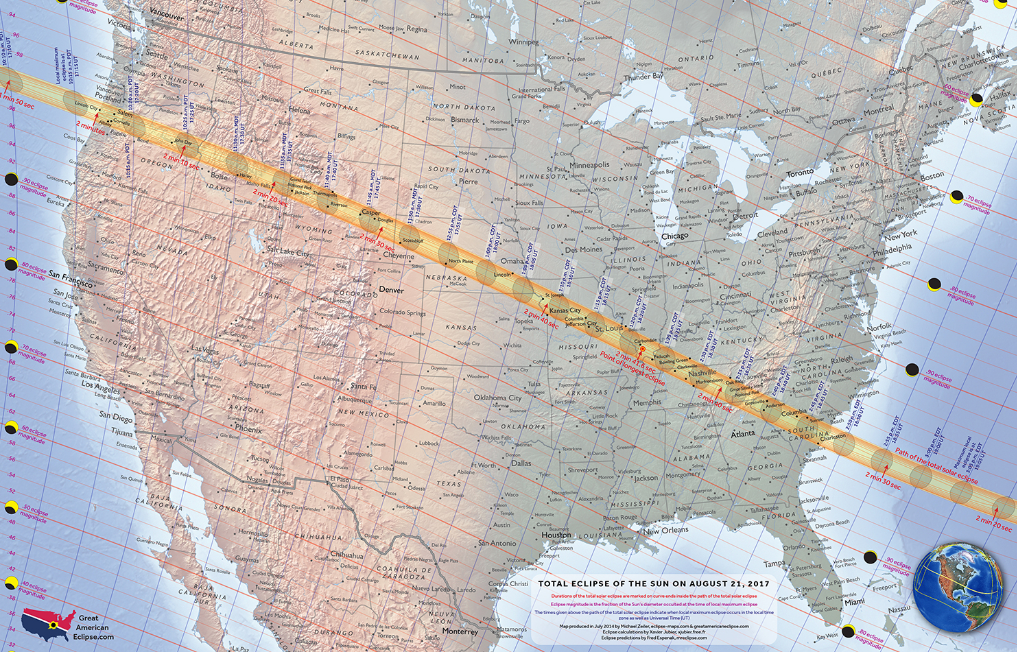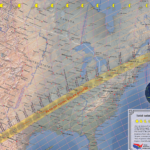Over the years I have realized that there is more to teaching science than just sitting in a classroom. We should live it. The environment of Long Island has so much to offer. There is something for each one of our disciplines, and all we have to do is look to our waters. As a Professional Association of Diving Instructor (PADI) Dive instructor, I have been teaching students about the wonders of diving. Being an AP Physics 2, Physics, Chemistry, and Living Environment teacher brings so much more to this activity.
My uncle Billy was an avid scuba diver. I remember him telling me stories of all his diving adventures from around Long Island. Because of him, I joined the diving club, Aquanuts, at the Hampton Dive Shop. There I learned about so many other possible diving adventures to go on locally. Often people think that scuba diving off of Long Island isn’t very good because visibility isn’t very good, but I learned that when you know where and when to dive there is so much to see and do.
As a first year AP Physics 2 teacher a lot of things dawned on me. The unit I teach on fluids in AP physics 2 includes everything I teach in my “open water diver” and specialties of diving classes. Once this realization hit me, I started applying many of the concepts of diving to AP physics 2. Many of the demonstrations and discovery activities I use in the classroom where inspired by diving. For example, my students calculate the amount of air required to generate buoyant force to lift things off the floor, they calculate the volume of a sealed bottle at different depths, and the students develop ideas about air consumption at depths. Because of this, all summer I have been trying to develop labs where students can go on a field trip to the Dive Shop to test and discover these principles. I want the students to learn from real life action in the pool. I want the students to model the phenomena and discover and explain what is happening.
Educators should explore their curiosity and try something new. Find a dive shop and experience what you teach. The more you experience the better you will become as an educator. For example last year I dove the Oregon wreck. On March 14, 1886, the Oregon collided with another ship and sank to the bottom of around 100-foot depth just off the coast of Fire Island. She was the fastest ship of her day using sails and steam engine. Before the dive, I was told that all that was left was a three story high steam engine and boilers. I did not think there would be much to see. During my plunge into the Atlantic, the steam engine came into sight in all of her majesty. Then I spent the next 3o minutes or so lost in all of the biology and wonders hidden in all of the nooks and crannies. I was getting lost in the science and thinking of the history and people who were on that ship that fateful day.
Another dive was of the USS San Diego. On July 19, 1918, the Sand Diego was sunk by German Submarine U- 156 just south of Fire Island and was the only major ship lost during WW1. She sits upside down on a sandy bottom at about 100-foot depth. The dive was awesome and visibility was about 40 feet. This ship has been underwater for about a 100 years and my curiosity got the best of me once again. The holes that Mother Nature put in her gave me great areas to look inside and see the life of that now calls her home.
Wrecks are not the only things to see locally when diving. The Ponqugue Bridge provides a beach dive that offers so much ecology and goes a max of 30-foot depth. Right at Shinnecock inlet, you can spend 40 minutes underwater and your wonder and amazement will grow. Just to see how all of the creatures interact and how they hide and even the human impact of the environment and the symbiotic relationship that exist between humans and sea life. The two bridges offer a home to the sea life. They are attracted there for the food source and protection they offer. Including the utility cable that lies on the floor of the canal. You will find more and more hiding places for sea life. The more I dive the site the more I find.
Some of the fun is investigating the areas that you are going to explore. There is so much history just sitting there on the sea floor. I try to learn about the history before I dive the location. I do this to pre plan my activity for safety, but also to learn where a ship had been, what people were on that ship and how that ship came to meet the sea floor. If I did not dive our local stores I would never know of the German Submarines, artificial reefs and other ships that went down for various reasons. It is so interesting to learn about the history and to compare the original diagrams of the ship to what they look like now.
What I am trying to say is that it’s great to venture out of the classroom not just in field trips but rejuvenate our love of the subject. Try something new each summer vacation to get out of your comfort zone to feel more alive. The more you learn and experience and the more ways you will have to provide the information to the students. For more information please email me and if you have any ideas for labs you would like to see developed. Also if you would like to set up an experience or get your certification please let me know.
Bibliography


